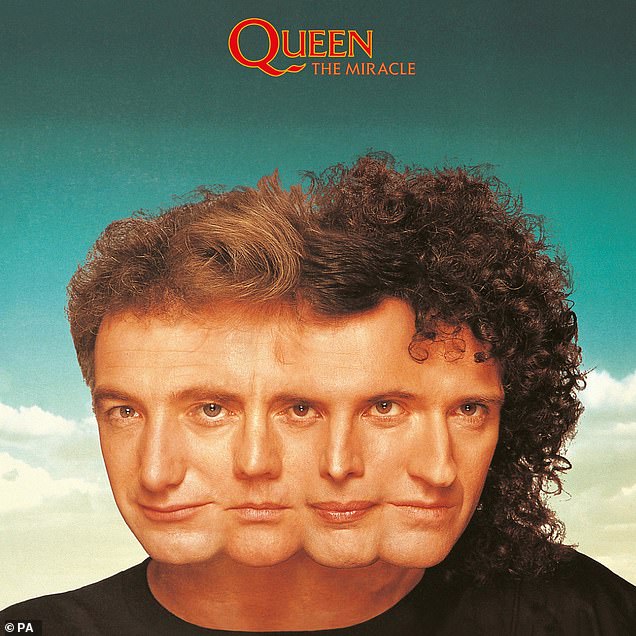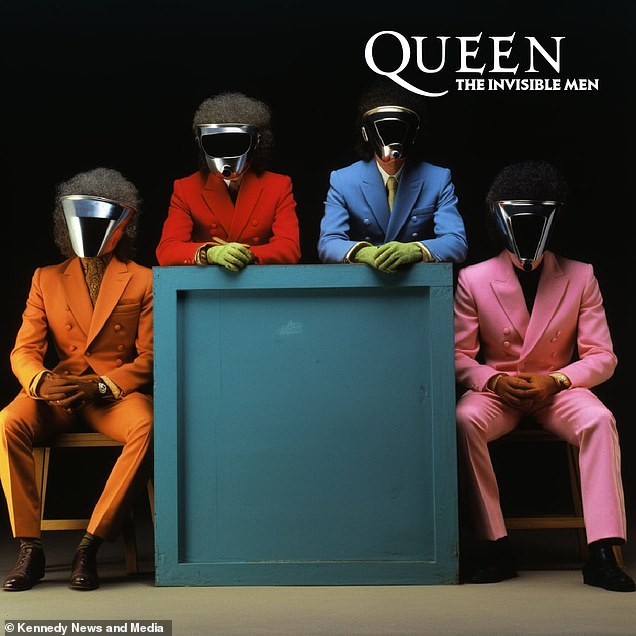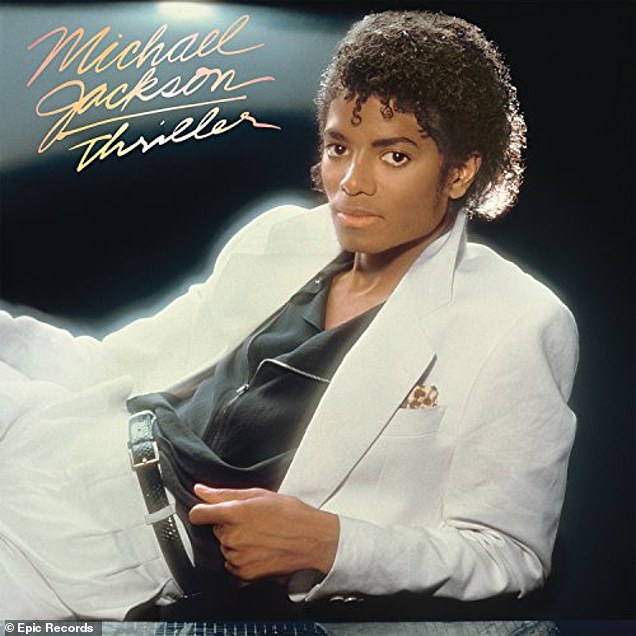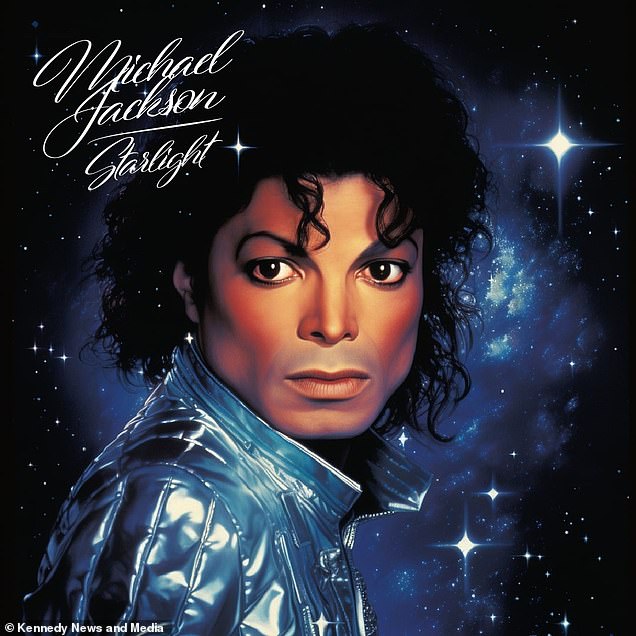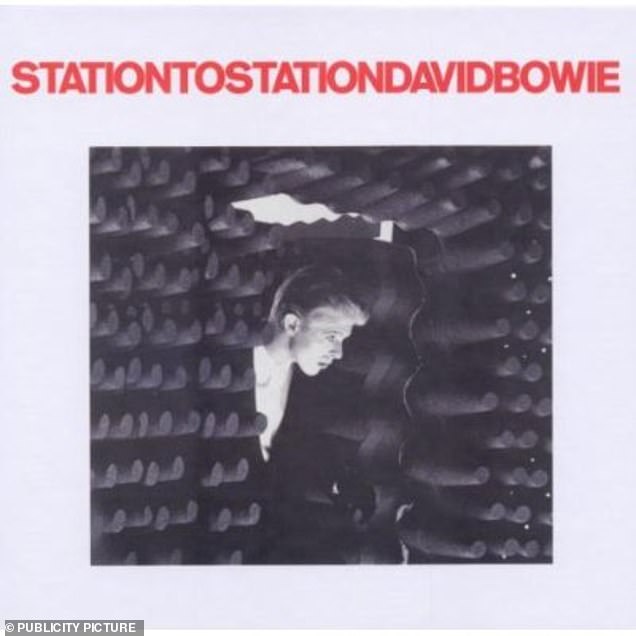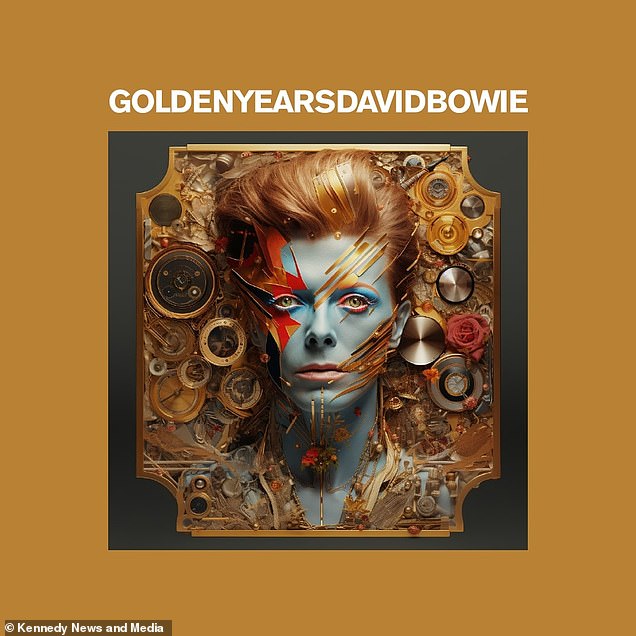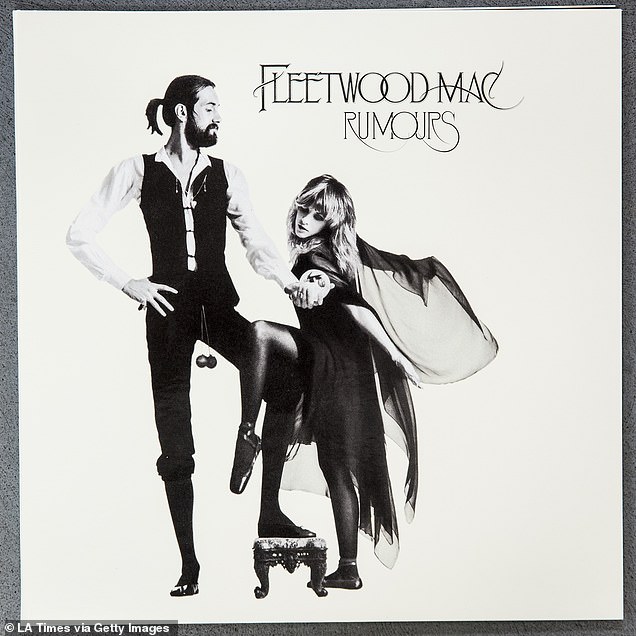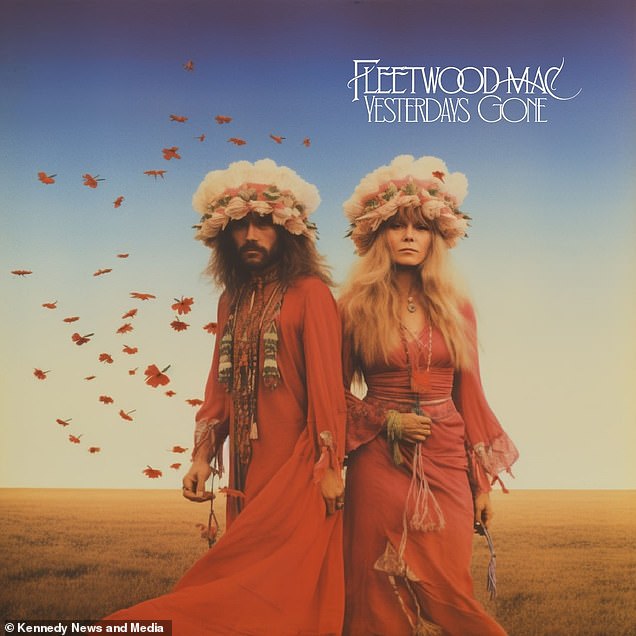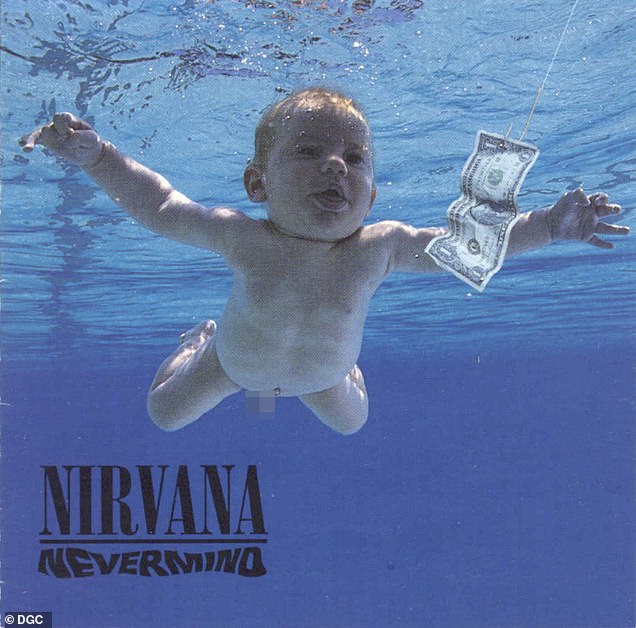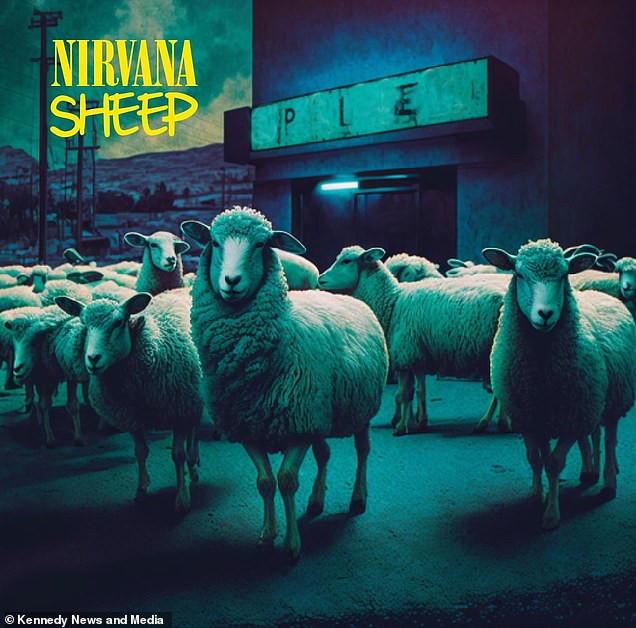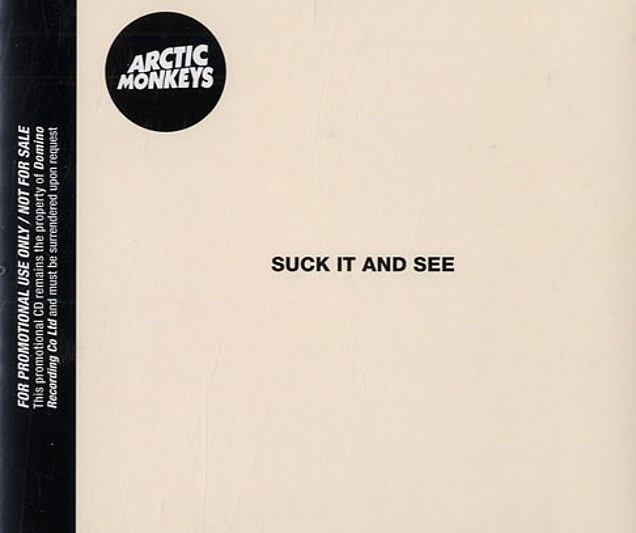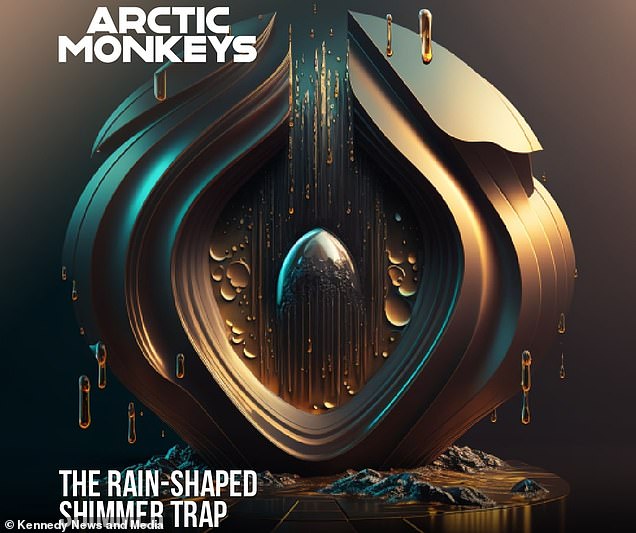The albums that could have been: How the covers of classic records would have looked had the artists gone with their original title choice, according to AI
Would the seminal Beatles classic Abbey Road have been so memorable if it had been called Everest – and George Harrison smoked a cigarette in front of a snow-capped volcano on the cover instead of the Fab Four crossing the street in London?
That’s one of the many questions digital pundits are asking these days – who have reimagined what some of the world’s most iconic album covers might have looked like if released under their original working titles.
In the research of digital agency WMG, image generation technology was used instead of the names by which they are now known around the world.
An AI bot has predicted what iconic album covers would have looked like if world-famous artists, including The Beatles and Queen, had chosen the original record names.
The LP was almost called Everest, after the brand of cigarette engineer Geoff Emerick smoked during the recording sessions
Queen’s studio album The Miracle was released in 1989 and is named after a song on the album’s track listing
Using the working titles of some of music’s most legendary albums, SEO and digital marketing experts WMG used the Midjourney AI tool to visualize what their covers could have looked like.
Using these alternate titles, as the records would be called, the AI bot conjured up some visually dazzling works of art – that could have changed the course of music history.
The AI technology has reimagined what the Beatles’ 1969 Abbey Road album could have looked like, right up to 2011’s Suck it and See by the Arctic Monkeys.
Pit stops along the way include David Bowie’s 1976 album Station to Station, Fleetwood Mac’s 1977 Rumors album, Michael Jackson’s 1982 album Thriller, and Nirvana’s 1991 Nevermind.
Michael Jackson’s 1982 record Thriller reimagined by an AI bot based on its alternate name
This AI edit of his cover art, Station to Station, captures his eclectic style to the letter
Ian Lloyd, Managing Director of WMG, said: “It never ceases to amaze us how incredible AI can be, especially when it comes to creating visual assets.
“We were surprised by the incredibly detailed images that the Midjourney AI tool can create with just a few clues from us.
“Having said that, we strongly believe that some album covers are truly iconic and therefore can never be anything other than the covers that many of us know and love.”
Abbey Road was the last album The Beatles recorded and spawned an iconic image of the Fab Four striding across a pedestrian crossing on Abbey Road outside EMI’s London studios in 1969.
Fleetwood Mac’s 1977 album Rumours is one of the best-selling albums of all time, but could have turned out very differently
Grunge legends Nirvana almost called their breakthrough album Sheep or Sheeple and would have looked very different
But the image, which is now part of pop culture history, almost didn’t make it to the light of day.
The LP was almost called Everest, after the brand of cigarette engineer Geoff Emerick smoked during the recording sessions.
The AI image generation tool was inspired by the cigarettes and its namesake: the tallest mountain in the world.
The reimagined album features a man with a mustache, wearing an orange jacket and hat, puffing on a cigarette, as the 30,000-foot mountain looms in the background.
Queen’s studio album The Miracle was released in 1989 and was named after a song that appeared on the album’s track listing.
What even some of the biggest Queen fans may not realize is that the album would be called The Invisible Man, after another hit.
An AI bot has predicted what the Arctic Monkeys alternate cover might look like
The AI bot had to get creative here by donning the four invisible guys in brightly colored suits and gloves.
Named after one of the best-known hits from the 1982 album, Michael Jackson’s Thriller cover simply featured the artist looking effortlessly friendly in a white suit with a contrasting black shirt and belt.
But since the album was almost titled Starlight, it’s understandable that AI took a very different path when reimagining this cover art.
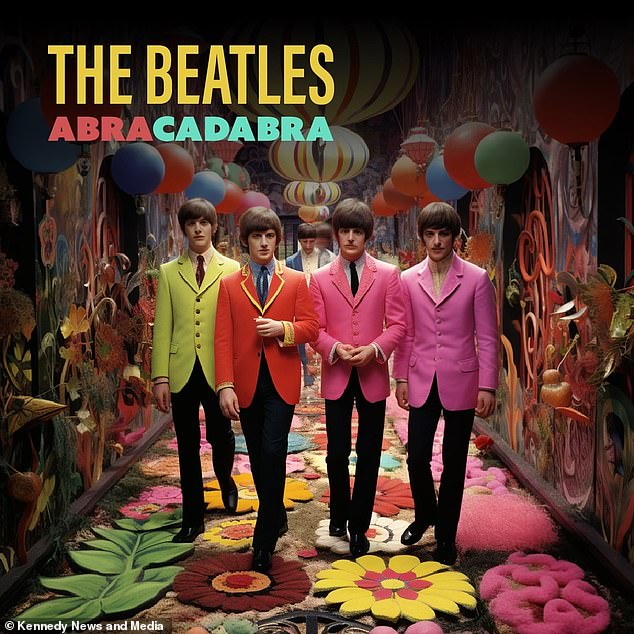
This is what The Beatles’ Revolver album would have looked like if it was called Abracadabra
Fleetwood Mac’s 1977 album Rumours featured some of the band’s best-loved songs, including The Chain and Go Your Own Way.
The cover of the band’s released version of the album features stylized black and white images of band members Stevie Nicks and Mick Fleetwood against a contrasting yellow background.
Despite being a far cry from the chosen album cover, the reworked cover seems to have taken a bit of inspiration from the Rumours cover for a cover based on the album’s previous name Yesterday’s Gone.
It beautifully emulates the style and feel of Fleetwood Mac and their bohemian chic.
Grunge legend Nirvana released their album Nevermind in 1991, the cover of which infamously featured a baby swimming underwater for a dollar bill.
Because the album was previously called Sheep or Sheeple, the AI bot Midjourney wanted to put the woolly critters on the cover.
Bowie is undoubtedly one of the most recognizable artists of our time, both in voice and aesthetics. This AI edit of his cover art, Station to Station, captures his eclectic style to the letter.
The album was once intended to be called Golden Years and this colorful version of the cover certainly matches his signature style, especially when compared to the actual cover, which is much more moody by comparison.
Suck it and See is the 2011 album by Sheffield band The Arctic Monkeys, but the album would one day be called The Rain-Shaped Shimmer Trap.
The Rolling Stones also called their Exile on Main Street double album almost Tropical Disease and The Beatles’ Revolver was almost called Abracadabra.

Here’s What the AI Predicted the Rolling Stones’ Main Street Exile Would Have Looked Like If It Was Called Tropical Disease
While the final released cover kept things simple, AI reimagined the beloved album as an abstract yet futuristic grey-colored form.
SEO and digital marketing experts WMG researched the working titles of well-known albums and used AI tool Midjourney to visualize what iconic album covers could have looked like.
Ian Lloyd, Managing Director of WMG, said: “Love it or hate it AI has been at the center of much discussion for months and is exploding in almost all areas of our daily lives.
One area that has seen a significant impact from the rise of AI is popular culture, particularly the music industry.
‘Both artists and producers have been openly experimenting with the technology for several years now.
“It sure was fun experimenting with AI for these redesigned album covers.”


